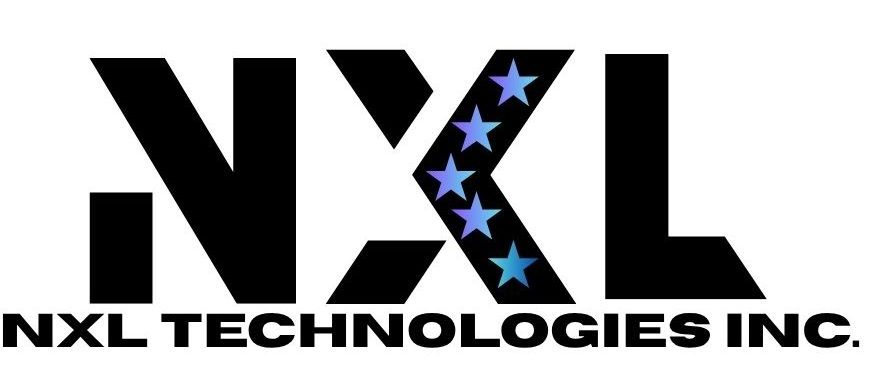What is risk versus return?
Investing can be a highly effective way to grow your money and build a foundation for the life you want to create for yourself.
It’s also important to be aware that investing is not a risk-free strategy and there’s always a chance you could lose money or not make as much as you expected.
All investments carry some risk due to factors such as inflation, tax, economic downturns and drops in particular markets.
Different types of investments carry different levels of investment risk, and also different returns. As a general rule, the larger the potential investment return, the higher the investment risk. Cash provides lower returns and a lower risk of loss, while growth investments such as shares may provide higher returns and are higher risk.
Managing investment risk
While taking on any kind of risk can be a scary prospect, there are four key strategies you can use to minimize your exposure to investment risk:
• Time frame: The longer you stay invested, the less investment risk you are exposed to because fluctuations in the value of your investment will even out over time.
• Tolerance: If you’re not comfortable with a certain type of investment, or a certain level of risk, it’s not worth investing in that product.
• Diversification: Spreading your money across different types of investments rather than relying on one asset class may help shield you from drops in particular markets and deliver more consistent returns over time.
• Knowledge: The more you understand about investments and financial markets, the better you’ll become at selecting investments that are appropriate for you.
What are stocks and shares?
Buying shares has historically given a better chance of making your money grow over a long period than other investments, but with that potential comes a higher risk of losses. Companies issue shares to raise money. When investors buy those shares, they effectively get a stake in the business and the chance to make a profit if the company does well. When you become a shareholder in a business you usually acquire certain voting rights, although only very large shareholders have any real say in how the company is run. Shares are sometimes also known as equities, securities, or stocks.
What are the benefits?
Shares can rise in value over time and you may be able to sell them for more than you bought them, with the difference in those prices known as your capital growth. If you buy $1,000 worth of shares and you sell them for $3,000, then your capital has grown by $2,000, prior to capital gains tax. Another way you can make money by investing in shares is through dividends. When a company makes a profit, it may choose to distribute a portion to its shareholders through dividend payments. Companies are not obliged to pay dividends but if they decide to, they will typically announce the size of the dividend in tandem with their full or half year financial results. Larger, well established companies are generally more likely to pay dividends than smaller, newer companies. It’s important to remember that just like share price growth, past dividend payments are no guarantee of future ones.
Why should I keep an investment journal?
An investment journal is a great way to store the investing decisions you have made or thought about making to help build your confidence and ability.
The more information you keep, the more you can learn as you progress on your investing journey. Use your journal to create your own investment strategy by identifying what does and doesn’t work for you over time. Research – As you discover companies of interest or research properties and suburbs, add them to your watch list and add a journal note about why you are watching them. Learn- Found an article that you want to read later or keep handy? Add it to your journal. Invest- When the time comes to buy or sell an investment, add a note about why you made the decision. Review – Keep your journal up to date with any investments or changes to your watch list so that you can keep track of why you bought or sold an investment.
What worked?
Use your journal to record what worked for you. Record investments you have made that were profitable. Identify what these investments had in common.
An example could be shares that have good fundamentals, such as shareholder returns or dividend yield. ‘Good fundamentals’ refers to key indicators of a company’s performance over time that are consistent and above industry average that rate well against its peers.
What didn’t work?
Record any investments you made that were unsuccessful. What did they have in common? An example of this could be a stock tip you acted on but the share price never picked up or even went down. Were you emotionally attached to a certain area and bought property there simply because you liked the area? An investment journal can help you learn from your mistakes.
Make a watch list
Use your journal to help you create and use a watch list. Using a journal will help you answer questions such as why am I watching and when would I decide to buy? A watch list can help you put together your investment rules and build your confidence.



